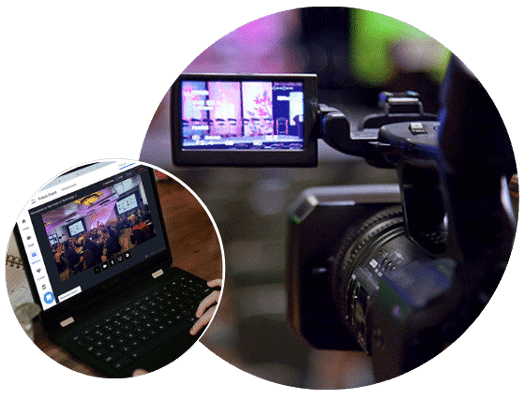Unique Event Designs by Your Event Source Charlotte for Memorable Moments.
Why Occasion Source Solutions Are Important for Smooth Event-Driven Styles
In the world of modern-day software development, event-driven designs are increasingly prevalent, yet their effectiveness pivots on the execution of durable occasion resource solutions. As industries shift towards real-time data processing, understanding the implications of event sourcing becomes necessary.
Understanding Event-Driven Architectures
Event-driven styles (EDAs) stand for a standard shift in developing software systems, where the circulation of details is figured out by the incident of events. This architectural style promotes a decoupled approach, permitting various parts to connect asynchronously. In EDAs, occasions work as the primary means of communication, causing procedures or workflows in response to specific events, such as user actions or system changes.
The trick elements of an EDA consist of event manufacturers, which create events; occasion customers, which react to occasions; and event networks, which facilitate the transmission of occasions between manufacturers and customers. This framework improves system responsiveness and scalability, as parts can separately refine occasions without the need for concurrent communication.
Furthermore, EDAs enable real-time information handling, making them suitable for applications needing prompt insights-- such as fraud discovery in monetary systems or keeping an eye on IoT tools. They also support a more active development setting, permitting groups to iterate rapidly and release brand-new features with minimal interruption to existing services.
The Function of Event Resource Solutions
While numerous parts in an event-driven design rely upon reliable communication, event source services play an essential duty in generating and taking care of the flow of events. These services function as the initial factor of occasion development, recording modifications in state or customer activities and equating them right into occasions that can be circulated through the system.

Additionally, they assist in the decoupling of manufacturers and customers within an architecture, enabling systems to range individually. This decoupling is important for improving system strength, as it lessens dependences that might otherwise cause bottlenecks or solitary points of failure.
Benefits of Real-Time Data Handling
Real-time information handling dramatically boosts the abilities of event-driven architectures by making it possible for instant understandings and activities based on the most recent see page information (your event source charlotte). This immediacy not just speeds up decision-making however also increases the relevance and precision of those choices. Organizations can react to occasions as they happen, decreasing latency and enhancing operational dexterity
One of the main benefits of real-time data processing is the capacity to record and evaluate data continuously. This assists in proactive measures as opposed to reactive reactions, enabling businesses to anticipate fads and prospective issues prior to they rise. For instance, in fields such as finance or e-commerce, real-time analytics can identify fraudulent purchases or customer behavior adjustments, permitting speedy treatments that alleviate threat and enhance customer fulfillment.

Inevitably, the assimilation of real-time information handling into event-driven designs empowers companies to harness the complete possibility of their data, driving advancement and competitive advantage in an increasingly dynamic marketplace.
Enhancing System Interaction
Effective communication in between systems is crucial for the success of any kind of event-driven design. Event resource options facilitate this interaction by supplying a robust structure for catching and transferring events in actual time. By standardizing how systems create and eat events, these solutions eliminate obscurity and foster interoperability, enabling disparate systems to interact flawlessly.
The use of event streams makes it possible for systems to respond quickly to changes, making certain that all parts are lined up and notified. This responsiveness is important in environments where prompt data exchange straight influences decision-making and total system efficiency. Occasion source services use devices for event filtering, makeover, and routing, improving here the performance of data flow between systems.
In addition, by implementing a publish-subscribe design, occasion resource solutions decouple system parts, permitting greater versatility and scalability. This decoupling indicates that systems can advance independently, making it simpler to incorporate new performances or change existing parts without interfering with total interaction.
Future Fads in Occasion Sourcing

One more substantial trend is the rise of cloud-native event sourcing options. These systems take advantage of the scalability and versatility of cloud infrastructure, permitting organizations to successfully manage and store large quantities of occasion information without the expenses of typical systems. This change advertises greater availability and partnership throughout groups.
In addition, the fostering of microservices style is influencing occasion sourcing techniques. As businesses increasingly section their applications into smaller, independent services, event sourcing provides a robust mechanism to keep information uniformity and stability across these distributed systems.
Conclusion
To conclude, event resource remedies work as a critical structure for smooth event-driven designs, allowing efficient event generation and management. By facilitating asynchronous interaction in between elements, these solutions enhance system strength and promote the independent evolution of services. The advantages of real-time data processing and boosted system interaction highlight the significance of adopting event sourcing methodologies. As the need for durable dispersed systems boosts, the relevance of event resource options will remain to grow, shaping the future of event-driven layout.